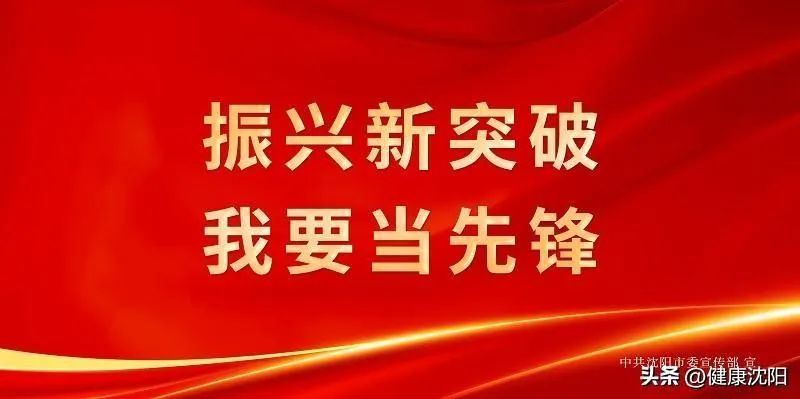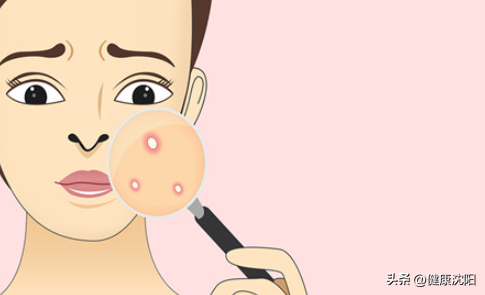



There are nine types of constitution: balanced constitution, Yang deficiency constitution, Qi deficiency constitution, Yin deficiency constitution, Qi stagnation constitution, blood stasis constitution, phlegm-damp constitution, damp-heat constitution, and special constitution. Except for the balanced constitution, the other eight are considered偏颇体质 (biased constitutions), which, if not corrected in time, can develop into diseases. Among these偏颇体质, the damp-heat constitution is the most common.
Question: What are the characteristics of damp-heat constitution?
Answer: Individuals with damp-heat constitution generally have a medium or slightly thin body type. Common symptoms include oily facial skin, prone to acne, bitter and dry mouth, heavy and fatigued body, sticky or difficult bowel movements, and yellow urine. The tongue is usually red with a yellow greasy coating. People with this constitution are prone to irritability and have difficulty adapting to humid and hot environments, especially during late summer and early autumn.

Question: What diseases are prone to occur in individuals with damp-heat constitution?
Answer: 1 Skin diseases: eczema, urticaria, herpes zoster, acne.
2 Digestive system diseases: gastritis, cholecystitis, colitis, etc.
3 Metabolic diseases: high blood lipids, high blood sugar, high uric acid, etc.
Question: What are the causes of damp-heat constitution?
Answer: The constitution is influenced by both congenital factors and postnatal lifestyle, diet, emotions, and living environment. Damp-heat constitution is primarily related to genetics, and also to habits such as a preference for spicy, greasy, and cold foods, high work and study pressure, prolonged sitting, and staying up late.

Question: How to regulate damp-heat constitution?
Answer: 1 Lifestyle adjustment: Maintain a regular schedule, avoid staying up late, and do not sleep in. Keep the living environment well-ventilated, regularly sun-dry bedding, and avoid long-term residence in dark and damp environments. Dry off promptly after getting wet.
2 Dietary adjustment: It is recommended to have a light diet, choosing sweet and cold or sweet and neutral foods such as mung beans, celery, cucumbers, winter melon, and lotus root, while avoiding seafood and other cold foods. Foods that can be used as both medicine and food, such as coix seed (Yi Yi Ren), red adzuki beans (Chi Xiao Dou), lotus seeds (Lian Zi), and fox nuts (Qian Shi), can be cooked into porridge. Individuals with damp-heat constitution should limit spicy, greasy, and overly nourishing foods such as chili, ginger, garlic, dog meat, lamb, and beef. It is advisable to quit smoking and drinking, as they can promote dampness and heat.

3 Exercise adjustment: Individuals with damp-heat constitution are suitable for high-intensity exercises, such as middle-distance running, swimming, hiking, and various ball games, which can help consume excess heat and expel excess moisture, achieving the goal of clearing heat and eliminating dampness.
4 Meridian adjustment: A simple and effective method in TCM to eliminate damp-heat is to massage the Yanglingquan (Gallbladder 34) and Zusanli (Stomach 36) points. For Yanglingquan, sit with knees bent at 90 degrees; the point is located at the outer lower side of the knee joint, in the depression where the anterior edge of the fibula meets the lower edge. After locating the point, use the thumb to press and rotate, performing 100 presses each time, then switch sides. Zusanli is located four finger widths below the outer knee eye, about one finger width from the outer edge of the tibia. After locating Zusanli, use the thumb to press and knead, adjusting the pressure to a comfortable level of soreness, or use a fist to alternate tapping on Zusanli.

Source: Shenyang Seventh People’s Hospital
Editor: Yang Bendu
Proofreader: Liu Yan
Reviewer: Li Wenzi

